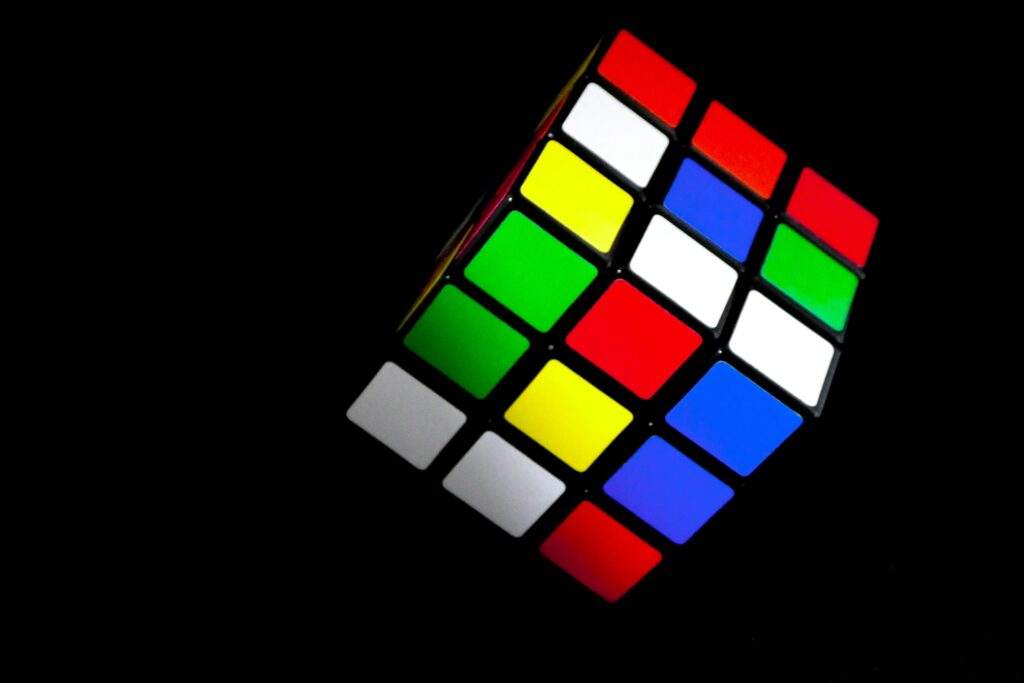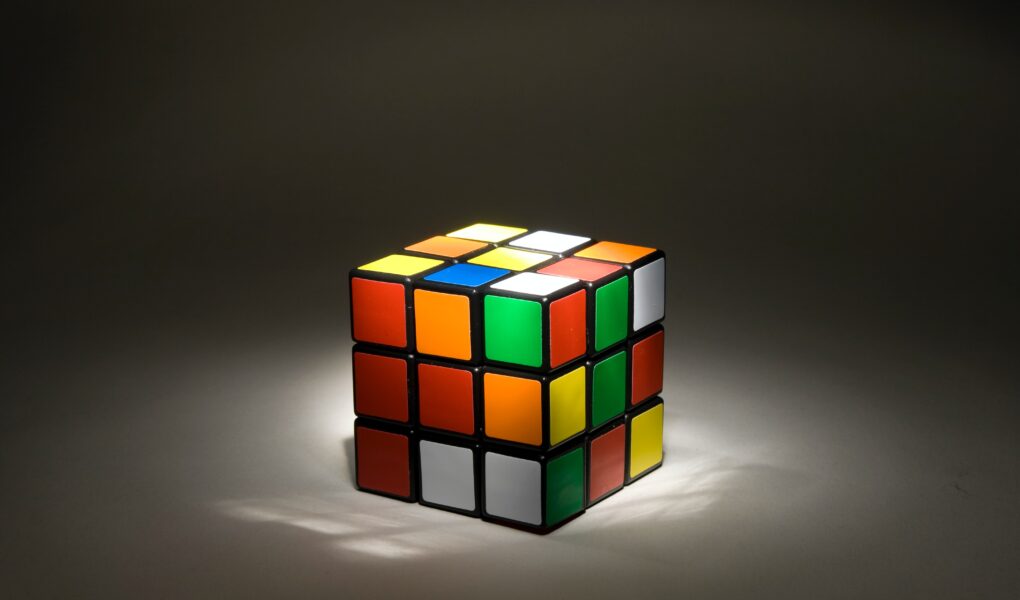Overview
The Rubik’s Cube was invented in 1974 by Ernő Rubik. It took him around a month to solve his own creation. But now, people are now solving Rubik’s Cubes in under three seconds.
On May 24, 2019, WIRED released a video detailing why solving a Rubik’s Cube in under 3 seconds is almost impossible. The video contained extensive and well thought-out research and reasoning, but all of that is being proved wrong by speedcubers around the world.

Solving the Rubik’s Cube is not as difficult as it once was. Instead of trying to figure it out on your own, there are thousands of tutorials available. I myself am a speedcuber and made a tutorial you can watch here. A speedcuber is a person who tries to solve a Rubik’s Cube as fast as possible using advanced methods. However, many speedcubers do not limit themselves to the 3×3 Rubik’s Cube. There are 17 official World Cube Association (WCA) events and they range from solving a square-1 to solving a 5x5x5 cube blindfolded.
Ever since the introduction of competitions in 1982, speedcubers have been pushing the limits. The first record world record was 22.95 seconds, set by Minh Thai, in the first world championship in Budapest, Hungary. Now, the official world record stands at a whopping 3.47 seconds, set by Yusheng Du (杜宇生) at Wuhu Open 2018 in Wuhu, China. Due to the COVID-19 pandemic, most competitions have been suspended. This means that some of the fastest speedcubers in the world do not have a chance to break the world record. But, this does not mean that they cannot show off their skills.
Ruihang Xu (许瑞航), now the 3×3 average world record holder, scored the first ever sub 3 second single, solving the puzzle in a mind boggling 2.68 seconds – Watch the reconstruction here. WIRED’s video has 7.6 million views, and many took them at their word. A lot of people, including myself, looked at this solve as potentially fake. It is very simple to fake a fast solve, here an example. However, after breaking down the solve and further analyzation, the solve was legitimized. Ever since, other world class speedcubers such as Max Park, Leo Borromeo and Fahmi Aulia Rachman have achieved unofficial sub 3 singles.
How?
Now, how are these absurd times possible? The answer is efficiency and speed. Speedcubers use less moves, faster lookahead and insane turning speed compared to a regular person who can solve a Rubik’s Cube. The beginners method solves the Rubik’s Cube layer by layer, which means solving one layer, the middle layer then the last layer. The two main methods speedcubers use are called CFOP and Roux, with CFOP being the most widely used one. CFOP simulationously solves the first and middle layer, resulting in less moves. Then, the last layer consists of 78 different algorithms which results in a faster and more efficient solve. To learn about these algorithms and more check out the iOS application: Cubing Helper.
Roux is a little different. It is more nuanced and complicated compared to CFOP. It starts off by building two blocks, orienting the corners and then the edges. The method as a whole is more efficient because there are less rotations and more accessibility during the solve. This results in less moves therefore a faster solve. However, due to the very nature of Roux, there are less tutorials and tips on how to learn it.
Lookahead and inspection are major ways to solve a Rubik’s Cube faster. Lookahead is looking ahead at other moves and pieces while doing other moves. This reduces the time it takes to recognize cases and execute them. Inspection is something all speedcubers use. With a WCA appointed 15 second inspection, speedcubers can plan their first steps, but cannot turn the cube. Faster speedcubers plan further ahead compared to other speedcubers.
Turning speed is the most obvious way to speed up times. The faster you turn the cube, the faster the cube gets solved. In the cubing world, turning speed is measured in turns per second (TPS). World class speedcubers are able achieve something in the realm of 10-15 TPS on good solves, while average speedcubers such as myself are able to achieve around 5-9 TPS on good solves. Hardware has a lot to do with TPS. Magnets in Rubik’s Cube pieces help the pieces snap into place so that the turning is more smooth which leads to better TPS. You can find Rubik’s Cubes reaching the absurd price of $80 due the the level of customization available.
As a speedcuber myself, I firsthand know how ‘impossible’ it is to solve a Rubik’s Cube in under three seconds. My personal best is around 7.6 seconds, more than double the time. The amount of dedication, skill and talent it requires is to achieve such a feat is unparalleled.




